
When it comes to electric guitars, you don’t get much more iconic than the Gibson Les Paul.
Along with the Fender Stratocaster and Telecaster, it’s the instrument that cemented the solid-bodied electric as a bona fide guitar phenomenon, rather than just a passing phase.
Jimmy Page, Joe Perry, Slash, Peter Green, Bob Marley; all were Les Paul players and all helped to cement its status.
But, the story of the Les Paul’s genesis is surprisingly protracted. While Les Paul himself saw the potential of a solid bodied electric guitar as far back as 1945, it took seven years for Gibson president Ted McCarty to share his vision. And even then, the first Les Pauls that arrived on the market were very different beasts from the one we now know.
Today, we’re taking a look at the history of the Gibson Les Paul; how it came to be, and how it changed the electric guitar world.
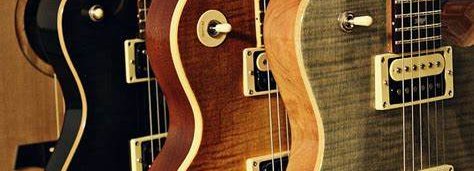
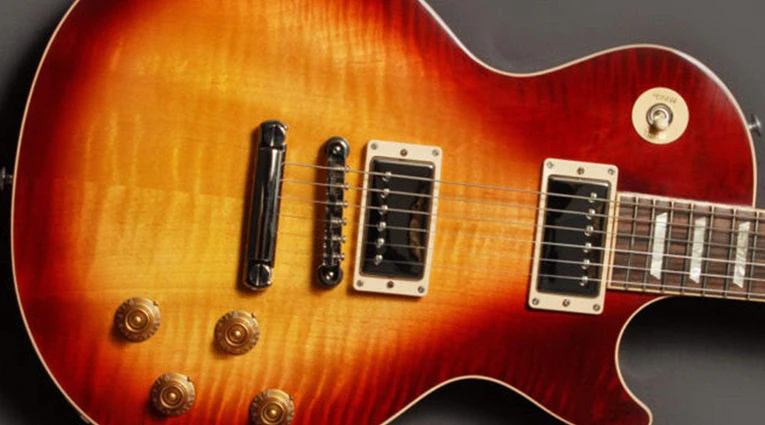
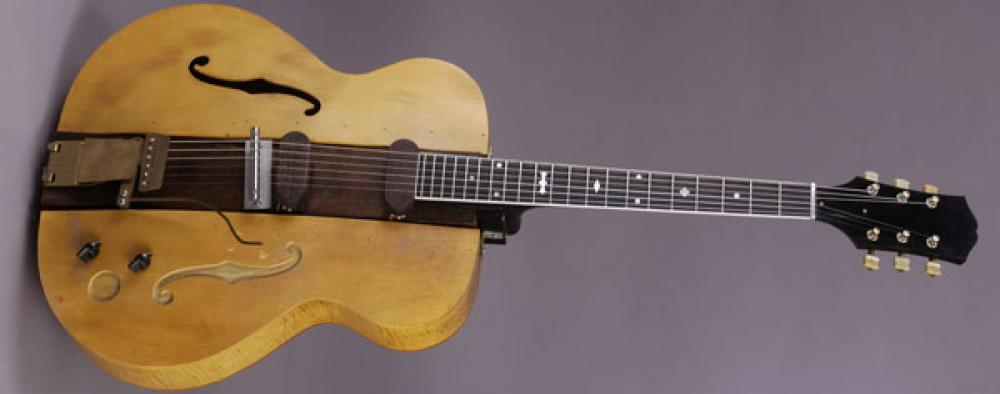
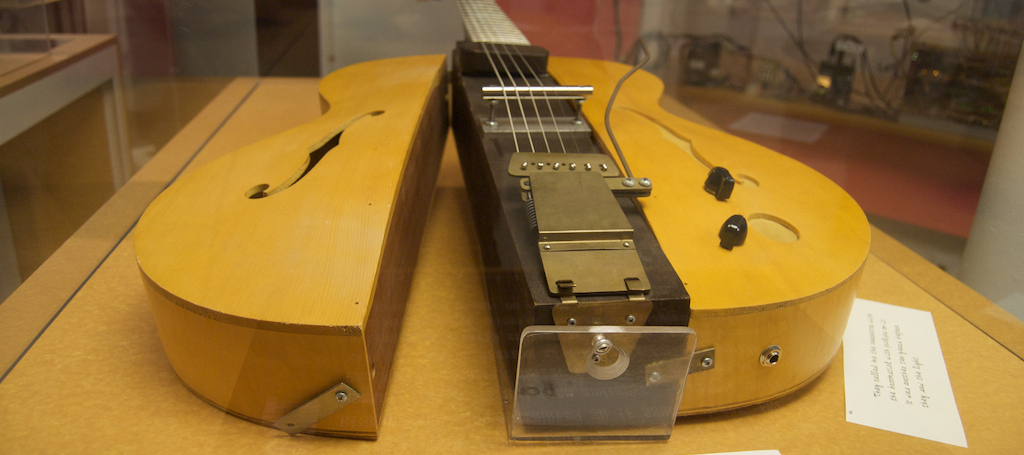
When we think of the solid-body electric guitar boom, we inevitably think of the early-to-mid 1950s. But the story of the Les Paul goes back further. In 1945, Les Paul – already a respected guitar innovator – presented Gibson with his idea for a solid-body Spanish guitar.
A pine block ran through the middle of the instrument – ever so slightly deeper and wider than the fretboard – with hollow sides, or “wings” added to give it shape. Les called his prototype “The Log” – not exactly an awe-inspiring name, but entirely apt for what was essentially a chunk of pine with some bits bolted on it.
While Les recognized that solid-bodies were the future of electric guitar production, though, Gibson didn’t initially share his enthusiasm. They ridiculed the concept and rejected the prototype.
Flash forward to 1951, however, and the guitar market was a very different place. Fender’s newly named “Telecaster” was creating a small storm in the guitar-playing world, proving that Les Paul’s solid-bodied vision wasn’t as out there as Gibson first thought. Unsurprisingly, that same year, Ted McCarty and his team began work on what would eventually become the Les Paul model.
Gibson wanted a well-made, expensive instrument that fit their reputation as a high-end instrument manufacturer – a clone of the Tele this was not. In late 1951, they approached Les Paul with a prototype of their new instrument, and an enquiry; they wanted to imprint Les’ name on the headstock to increase sales.
How much Les Paul contributed to the design of the instrument at this stage is a subject for debate. Gibson employees of the time maintain that the version presented to Les Paul was more or less the first production model. Les, meanwhile, claimed that Gibson gave him final say in every part of the design place.Whoever was responsible for its design, the first Les Paul was launched in 1952, with Les debuting the guitar during a live performance at New York’s Paramount theater that June.
That original guitar bore many of the hallmarks we now associate with the Les Paul; the distinctive shape, mahogany body and the iconic “Gold Top” color scheme (chosen to reflect the guitar’s status as a high-end instrument). However, there were also some differences. The pick-ups were P90s and the trapeze tailpiece was similar to that used on Gibson’s hollow bodies of the time.
On those 1952 models, the tailpiece was actually implemented incorrectly, much to Les Paul’s chagrin. The strings wrapped under it, rather than over, as they were supposed to. This made right hand string dampening impossible.
The following year, after Les Paul’s protests, the tailpiece was corrected. While this improved the playing experience vastly, intonation issues still persisted. As a result, Gibson abandoned the trapeze altogether in 1954, and the now iconic tune-o-matic bridge was born.
It would be 1957 before the final component of the classic Gibson Les Paul was put in place. The P90s of earlier models were replaced with new “humbucker” pickups designed by Gibson technician Seth Lover. These “PAF” (Patent Applied For) models offered louder output, and a fuller, less toppy tone than their P90 counterparts. With the pickups in place, the iconic sound of the Les Paul was born.
.jpg)
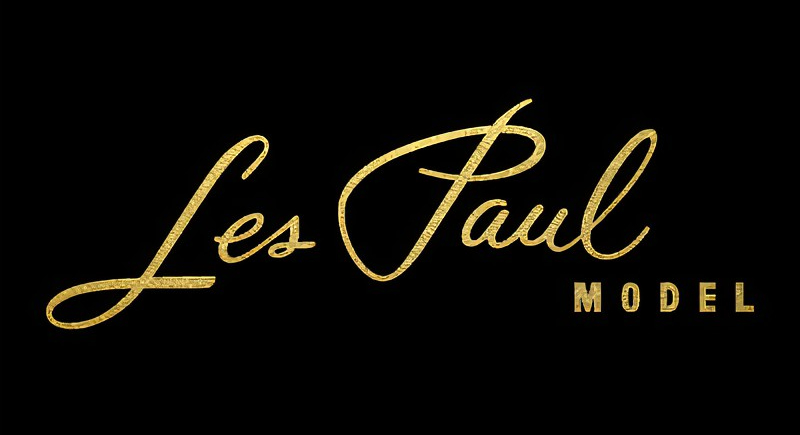
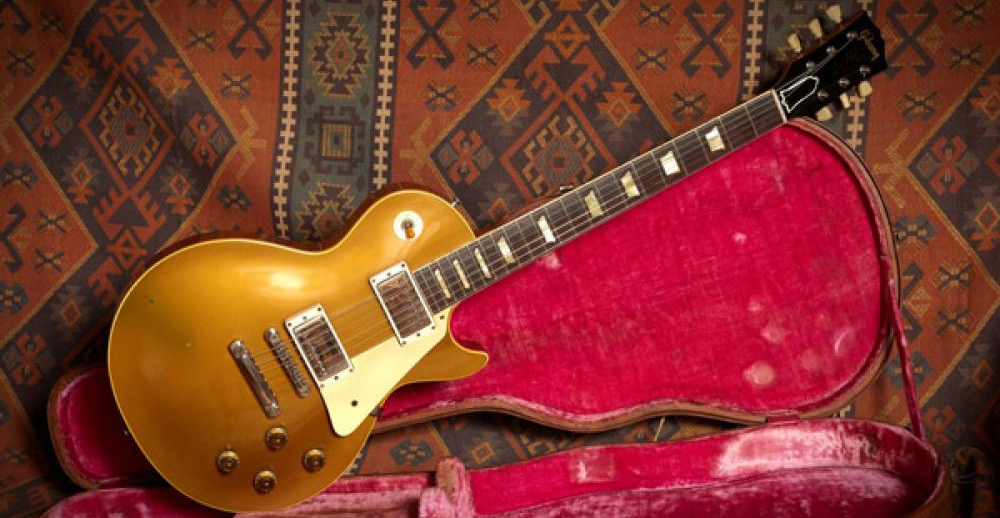
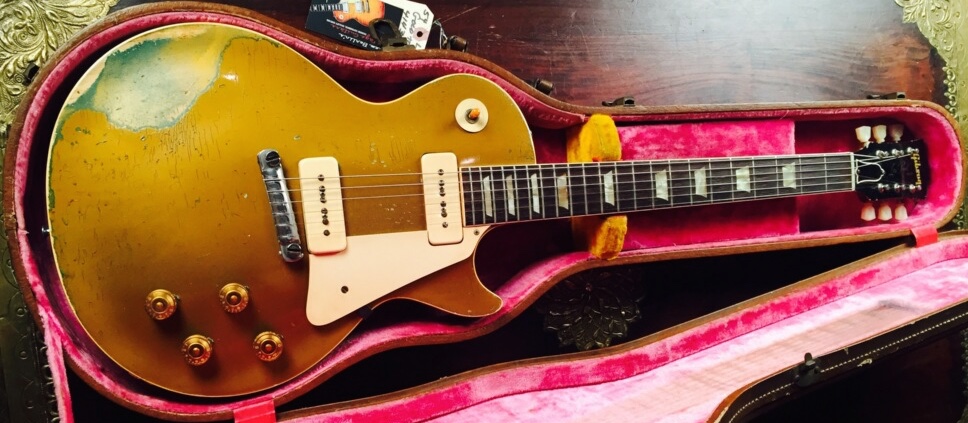
In 1958, Gibson phased out the Gold Top finish, replacing it with their enduring Sunburst design. Yet, these sunburst Les Pauls, produced between 1958 and 1960, were not a hit with consumers. A mere 1700 units were sold in those two years, prompting Gibson to drop them altogether in 1961, introducing a new look “Les Paul” that we now recognize as the Gibson SG.
That would have been where the story of the classic sunburst Les Paul ended, were it not for the influence of one guitar legend. In 1964, Keith Richards purchased a 1959 Sunburst instrument, becoming the first guitarist on the British scene to use one. His peers followed suit. Eric Clapton switched to a Les Paul in 1965, inspired by Freddie King. By the end of the 1960s, Peter Green, Jeff Beck and Jimmy Page were bearing the charge of the Les Paul resurgence.
Suddenly, Gibson was faced with a dilemma. Their most popular guitar model – and arguably the most popular electric guitar in the world at the time – was a model no longer in production. Responding to increased pressure from the guitar playing public, Gibson reintroduced the Les Paul to the market – its legend status finally affirmed – in 1968. It has remained in production ever since.
Do you own a Gibson Les Paul? Have you ever played one of the legendary 1958-1960 Sunburst models? And, where do you stand in the Gibson vs. Fender divide?